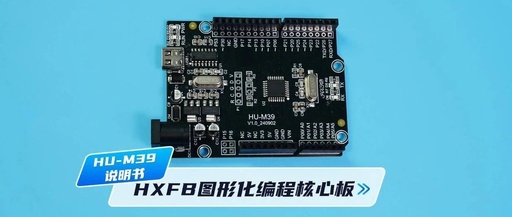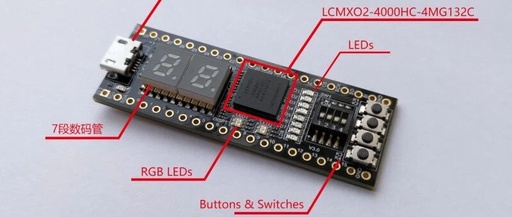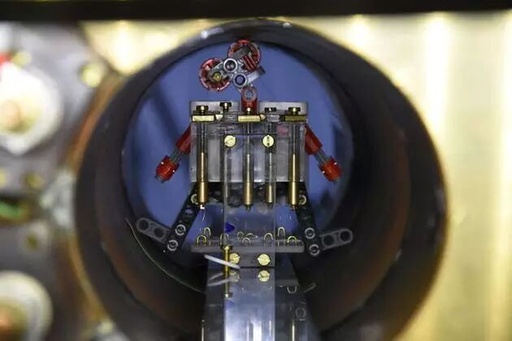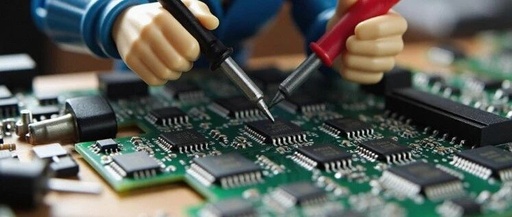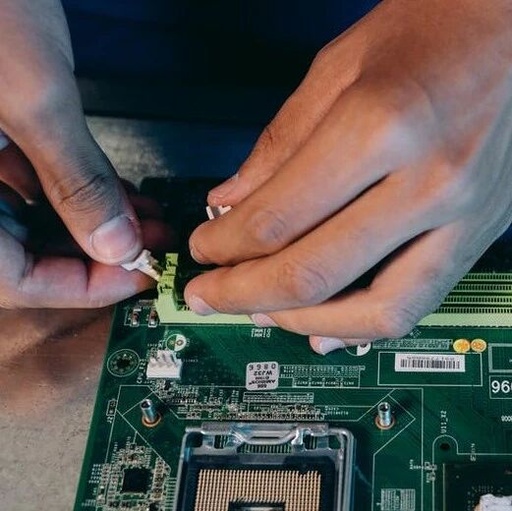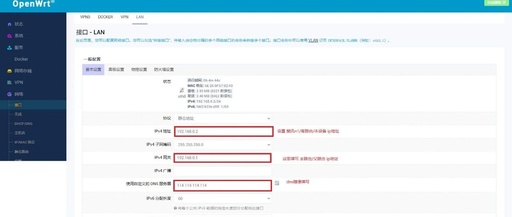HU-M39 HXFB Graphical Programming Core Board
☞Follow our official account to read more!☜☞Prevent getting lost next time!!☜↑↑ Clickto play the video explanation above↑↑↓↓Scroll down to view the text explanation ↓↓ I. Function 1.Supports HXFB graphical programming software Support HXFB graphical programming software 2.Can realize functions such as mechanical dogs, robotic arms, intelligent trash cans, and intelligent cars, and open source related … Read more
